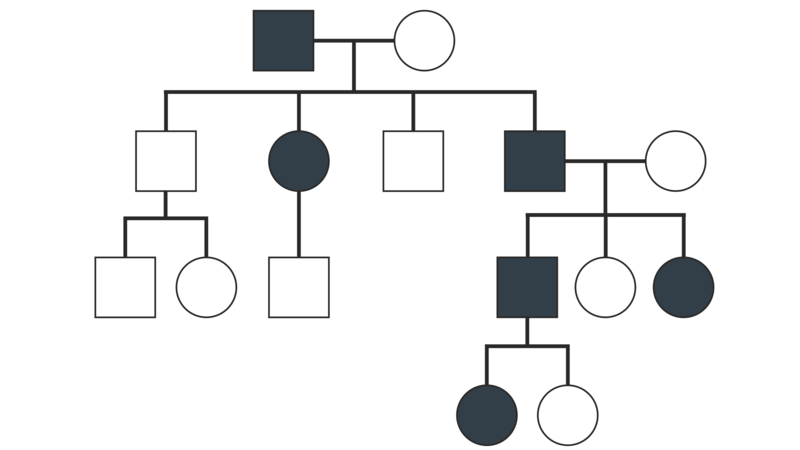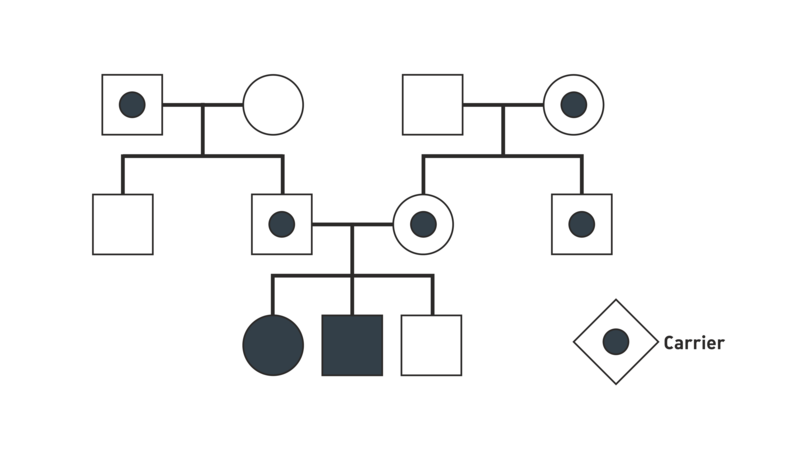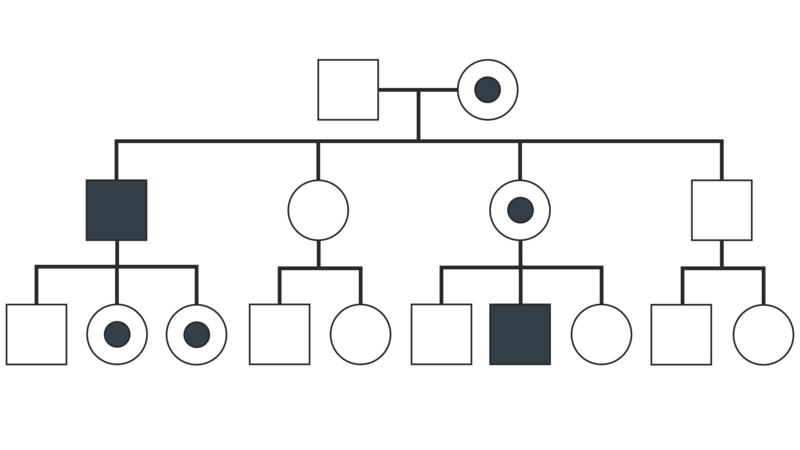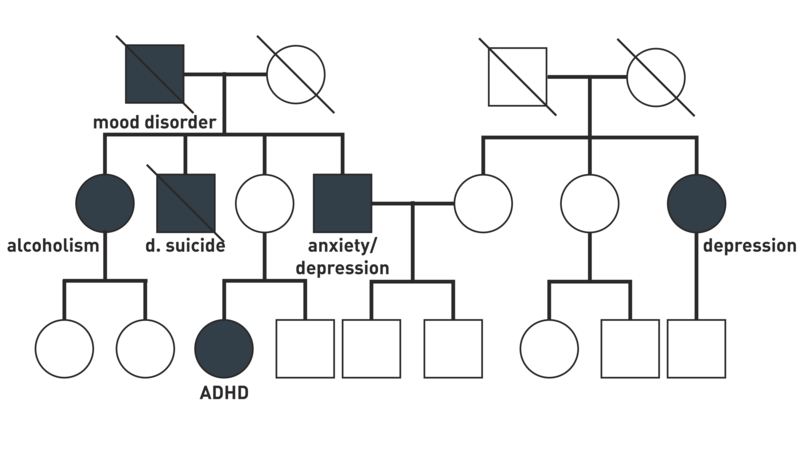We use cookies to personalize our website and to analyze web traffic to improve the user experience. You may decline these cookies although certain areas of the site may not function without them. Please refer to our
privacy policy for more information.



